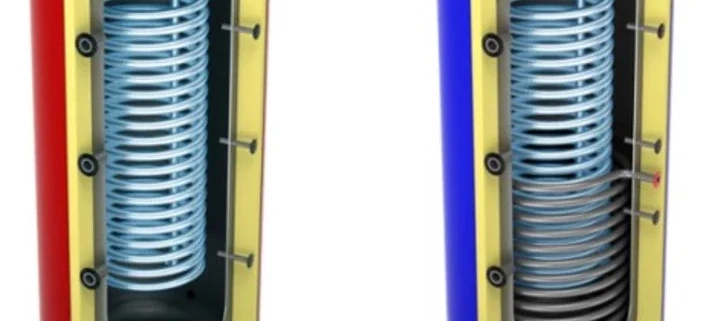 Flexiheat UK
Flexiheat UKThermal store cylinders
A thermal store is a cylinder, tank, or vessel used to manage and store heat until it is required. The stored water is not directly fed to the hot water taps or a shower from the thermal store, which is how it differs from a conventional hot water cylinder. Instead, heat is transferred from the thermal store water to the domestic water as it passes through a stainless steel pipe heat exchanger coil within the vessel . Thus, a thermal store cylinder has the capacity to rapidly transfer a large amount of heat, enabling home owners to quickly fill a bath or take a mains-pressure shower with good flow rates.
This innovative solution results in significant benefits as you can have mains hot water without the complexity of complying to the G3 Unvented regulations and reduced running costs as there are no servicing requirements as opposed to an unvented cylinder.
Thermal store cylinders are the ideal or perfect solution to combine various multiple heat sources, such as a conventional boiler i.e. gas or oil boilers, solid fuel, biomass (wood pellets), heat pumps, or solar thermal or solar panels as a primary heat source, to deliver domestic hot water and central heating water to provide space heating using suitable radiators or an underfloor heating central heating system, and maximise energy efficiency. They are also a space saving solution as they are a buffer tank with DHW coil.
How does a thermal store work ?
The thermal energy is kept in a hot water cylinder. Instead of potable hot water (tap water), which is what you would find in a traditional hot water cylinder, the tank is filled with central heating system hot water which transfers heat into the DHW via a stainless steel coil. As such, a thermal store cylinder works in the opposite manner from standard hot water cylinders.
Cold water flows through a coil, which is made of stainless steel construction, inside the thermal store cylinder, which is surrounded by hot central heating water, indirectly warming the water to produce hot tap water. The thermal stores hot water is then cooled to a safe temperature through blending down, normally to 38C to 40C temperature from the coil with a thermostatic mixing valve / thermostatic blending valve to the hot water taps directly.
The result is mains pressure hot water without the requirements of unvented cylinders that require qualified personnel to fit, certify to the building regulations, and maintain. Thermal stores don’t require this, as they heat hot water on demand and this provides significant benefits.
A thermal store also can be used as space heating buffer tank for radiators or an underfloor heating circuit. As you can see in the following thermal store cylinder diagram / installation schematic.Please note these CQS units are only suitable for sealed heating systems only, if you require a heat source that is opened vented , please see the units with the additional heating coils (CQP and CQT) below
Thermal stores
Thermal stores can be powered by an oil boiler, a solid fuel or wood burning stove, or solar thermal. In some instances, the heat source is a conventional boiler, normally a gas or oil boiler. However, more recently, renewable heat sources have become an increasingly popular way of heating these hot water cylinders, such as solar energy as the heat source, or a biomass boiler installation, which uses the thermal store for two reasons:
Biomass boilers, wood-fuelled
1. Solid fuel appliance – As a buffer tank for the heating circuit, as when you use a thermal store, you will be storing energy for periods when you require central heating, ensuring that you have heating even if the biomass boiler system goes out or stops operating. The thermal store works by managing and storing heat until it is required, with high insulation materials to retain the heat generated.
2. This point is particularly prevalent in relation to biomass boilers that use logs for fuel. As they are designed and manufactured to burn batch quantities of logs, when used in this manner, these boilers operate at a high efficiency level, rather than burning small quantities sporadically throughout the day, which reduces the heat energy efficiency dramatically. So by using a thermal store cylinder, you maximise the system efficiency for both the heating circuit and the domestic hot water for your property and benefit from mains pressure hot water.
When using uncontrolled heat sources such as solid fuel appliances i.e. wood burning, which are normally open vented for safety reasons, you must select our additional heating coil (CQP) or coils (CQT) options, this is because these units are sealed heating unvented cylinders.
In these circumstances on the feed to the coil must be installed a non-self-resetting energy cut-out to disconnect the supply of heat to the storage vessel in the event of storage system overheating, such as a solenoid valve that is controlled by a high limit thermostat. Where an electrical device is connected to the energy cut-out, such as a relay or motorised valve, the device should operate to interrupt the supply of energy if the electrical power supply is disconnected. This then diverts any heated water up the open vent into the header tank and not into the thermal store.
Unvented hot water storage systems –systems over 500 litres capacity or over 45kW power input
Temperature relief valves and combined temperature and pressure relief valves should not be used in systems which have no provision to automatically replenish the stored water (e.g., unvented primary thermal storage vessels). In such cases there should be a second non-self-resetting energy cut-out independent of the one provided.
In other words if you don’t have an automatic top up pressurisation unit for the heating water system , such as a Mikrofill 3,Flamco Flexfiller direct G4 unit or similar – then you need to have two safety valves per energy source.
If you do then you can use a pressure & temperature valve should be sized to give a discharge rating at least equal to the total power input to the hot water storage system
Pressure and temperature relief valves should be sized to give a discharge rating at least equal to the total power input to the hot water storage system, when measured in accordance with Appendix F of BS 6283-2:1991 or BS EN 1490:2000
Source – The Building Regulations 2010
For more information on this please see
The UK Building Regulations 2010 – G3 Sanitation, hot water safety and water efficiency
The hot water association performance specification for thermal stores
Solar energy sources
Solar thermal or solar voltaic (heating the thermal stores via electric immersion heater or heaters) are also ideal for heating a thermal store cylinder by keeping the water heated by a solar thermal heating system in reserve for use later, when there is little or no solar energy available.
For use during the winter, it is advised to incorporate an immersion heater so the water can be heated directly. This can be powered by mains electricity at a reduced rate. A property with a wind turbine, hydroelectric, or solar PV systems get the benefit of “free” energy or at least reducing running costs, as well as them being a renewable energy source installation.
The following data chart shows what size immersion can be fitted to each hot water cylinder
Thermal stores range
Our range of these hot water cylinders starts at 500 Litres up to 2,000 Litres, as is shown in the following picture
The “CQS” range have no additional heat exchangers within the thermal stores tank.
The “CQP” range has one additional heat exchanger for an additional heat source.
The “CQT” range has two additional heat exchangers for additional heat sources such as a conventional boiler and renewable energy heating systems or other sources
Full details are in the following brochure
Flexiheat thermal stores brochure 500 to 2,000 Litre brohure
Thermal store sizing
Sizing a thermal store, depends on three elements – The kW power being absorbed by the heated water ,the temperature of this water (i.e. the store temperature) and this directly relates to the volume of DHW produced – with the following chart showing the volume of DHW water with a temperature rise of 35C.
So in this example – when the thermal store is fed with heating water constantly at 56C , the hot water cylinder (in this case the 500 litre unit with 4 m2 coil) will produce 1,000 Litres an hour of DHW of raised from 10C to 45C.See the green line on the data graph below –
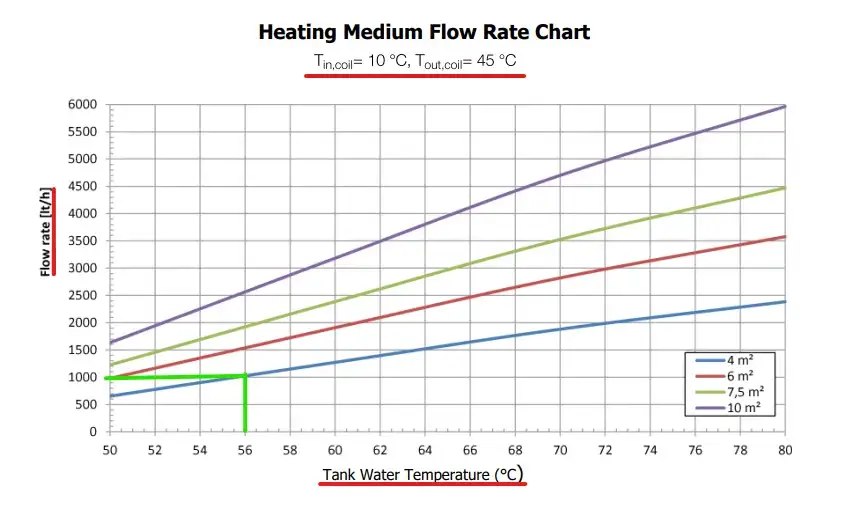
Thermal store cylinder sizing data table for CQS range with a constant heating hot water temperature feeding the tank
The following chart , shows the volume of DHW that can be produced, when the tank reaches a certain temperature and then the primary heat source is disconnected. The Y-axis then shows the total amount of DHW that can be generated by the system before the central heating water in the tank gets too cold.In the following example if the central heating water is at 64C in the thermal store, then the unit ( in this example the 2,000 litre thermal store) will produce circa 1,050 litres of DHW before going cold, and needing recharging of the thermal store cylinder.
So, in the above example, our CQS 2,000 Litre thermal store cylinder, which has a 10 M2 heat exchanger, when fed with heating water at 64C, a, will produce 1,050 litres of warm water, which has been raised from 10C to 45C.
The performance data for all our units are detailed in the brochure.
Heating performance and pressure drop for the stainless steel coil used in our thermal stores for the domestic hot water production can be seen in the following document.
Domestic hot wate pressure drop data for our thermal store hot water cylinders from Flexiheat UK
Direct thermal store cylinder
Using direct heating via electricity with immersion heaters is possible with our units, as they all come with one 1 ½” tapping or port on the thermal store cylinder; the unit has 8 tappings in total , with two of these tappings required to feed the hot central heating water to the central heating system. This means that you are free to install an immersion heater into the thermal store to make the unit a direct thermal store cylinder, which is a great solution for off grid properties that generate their own renewable energy through wind or solar energy sources.
Or people that just want to get away from using a gas or oil boiler or a solid fuel appliance for their thermal store and use mains electricity fuel sources that are generated by renewable energy, which has become increasingly popular, resulting in zero carbon mains pressure hot tap water and central heating system.
Combining fuel sources ensures a thermal store cylinder full potential.
Thermal stores reach their full potential when they employ a variety of heat inputs, with either a single coil, a twin coil , or direct heating.
The thermal store can use a high-efficiency solar energy input during the day to heat the water inside the store, producing mains pressure hot water.
It is also possible to connect a wood burner, which is generally lit in the evening, to the system, raising the temperature of the water heated by solar during the day in the thermal store.
A traditional gas boiler or an immersion heater can support all of this.
Additionally, for even greater energy efficiency, a low carbon or renewable electricity source could be connected to the immersion element to supply direct heat input to the thermal store cylinder, reducing the need for a fossil fuel boiler and resulting in lower operating costs for the property.
Thermal store hot water cylinders
For the best thermal store cylinders on the UK market, please don’t hesitate to call us, contact our technical sales team on 01202 822221 or click here for our email contact form.

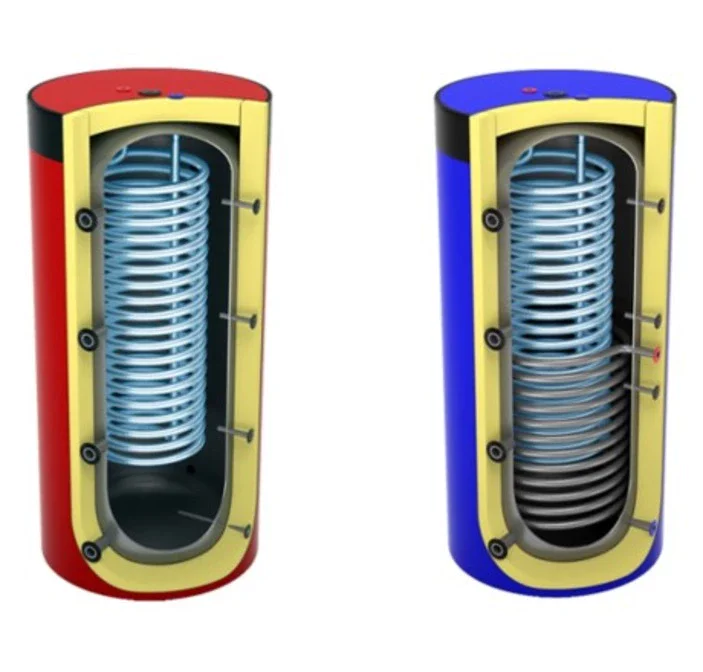
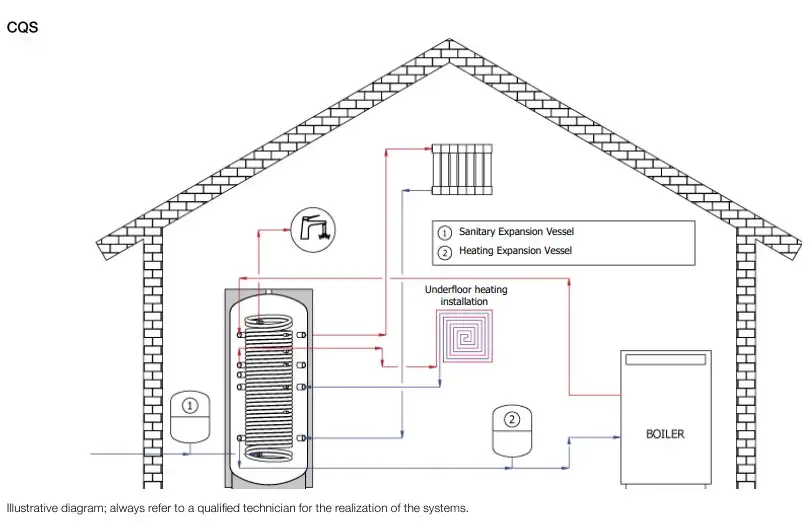
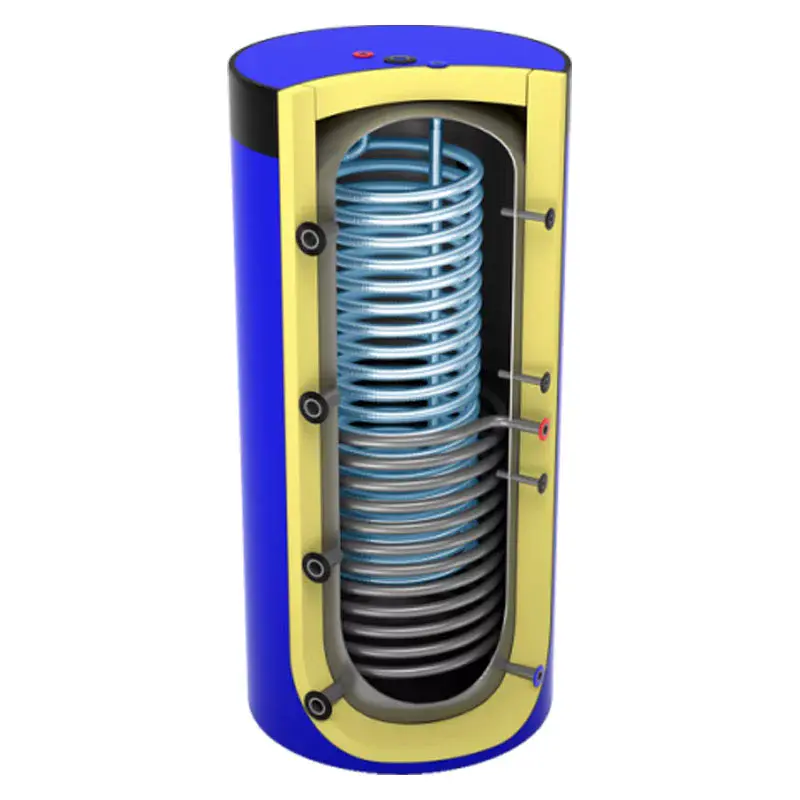
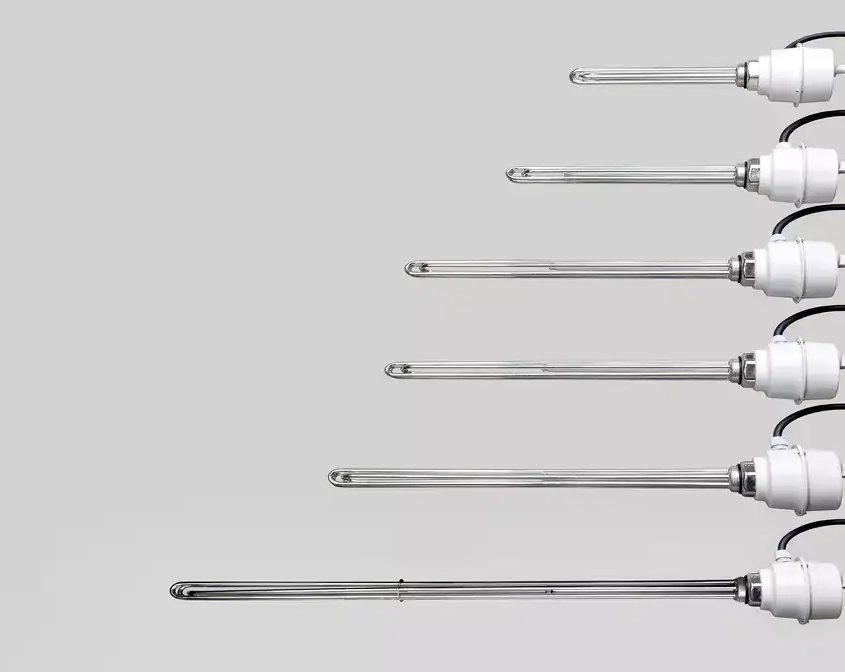

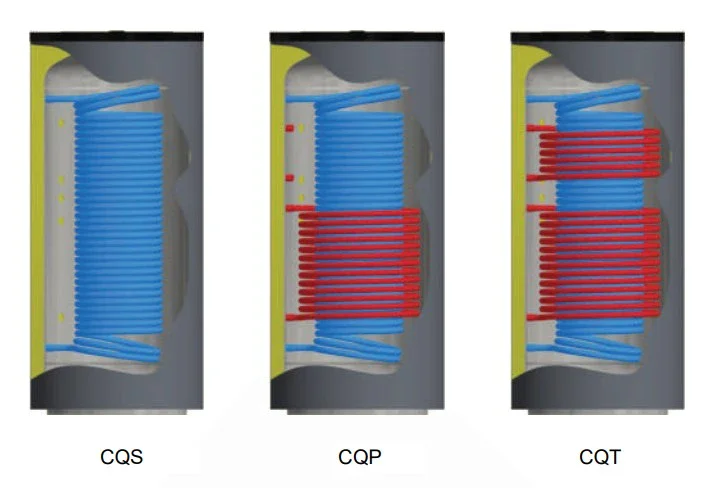
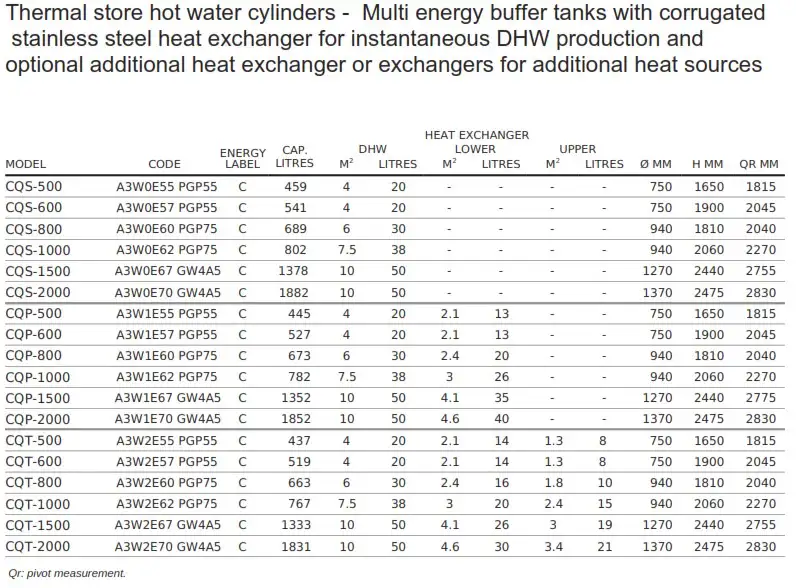
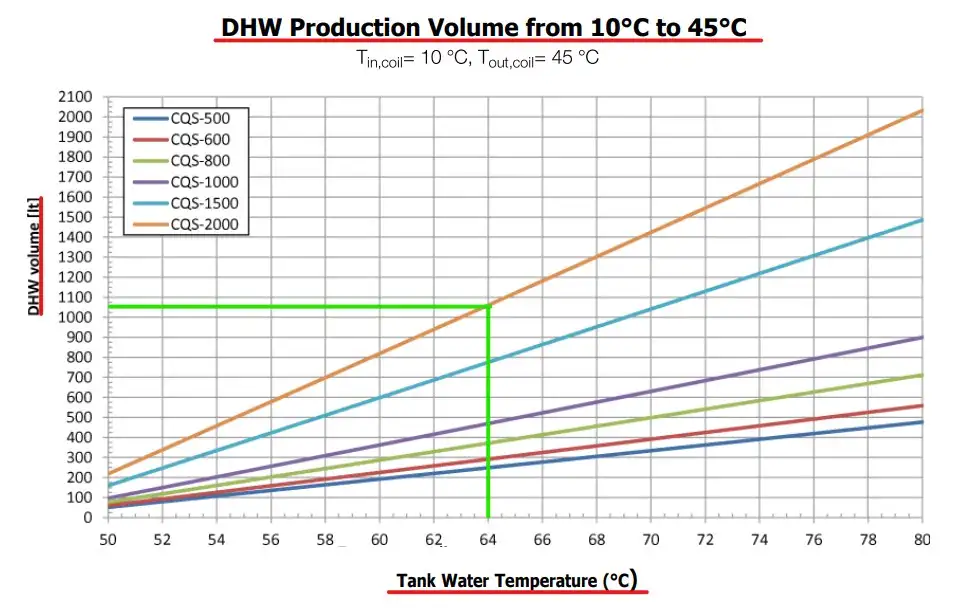
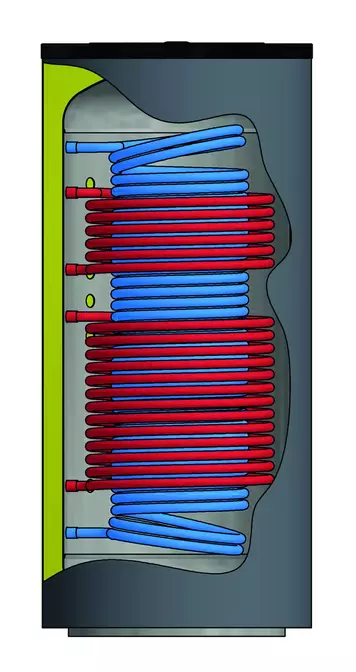
 Flexiheat UK
Flexiheat UK Flexiheat UK
Flexiheat UK